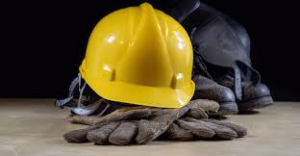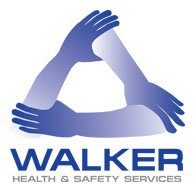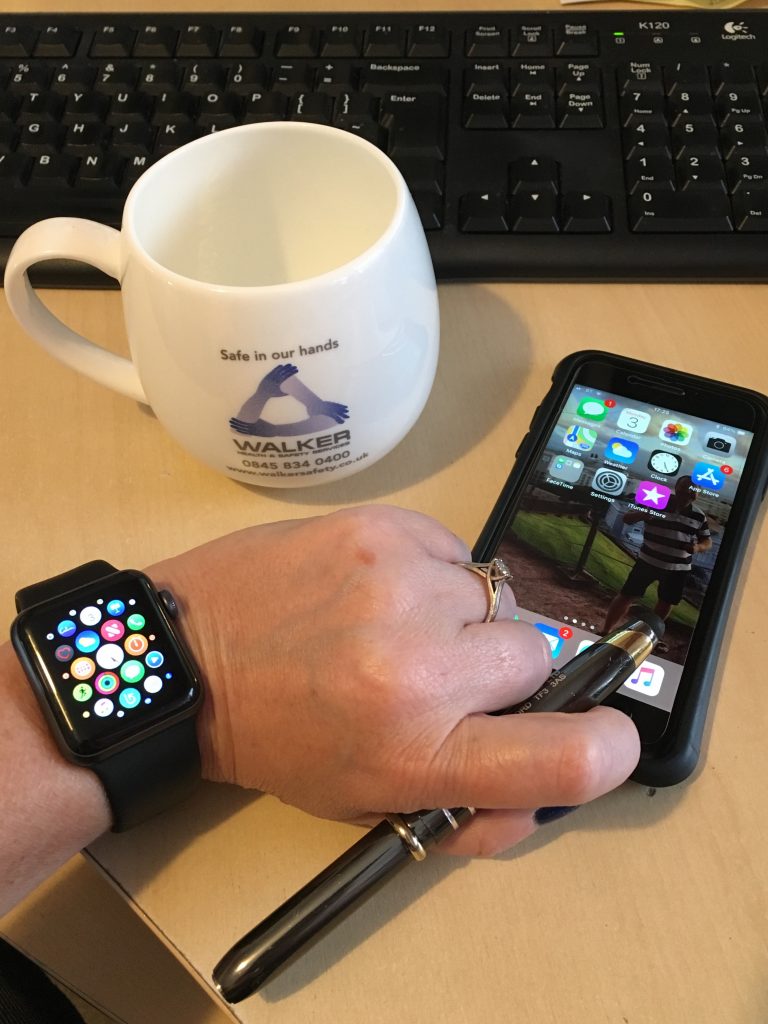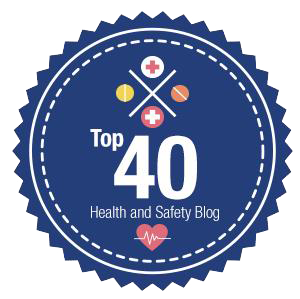 Just like safety issues in the home, such as maintaining electrical appliances and protecting children from hazardous materials, a workplace needs adequate maintenance and protection to keep employees safe. Sensitive problems such as bullying can be addressed by training and the implementation of proactive management policies, but other common health and safety hazards that can have a serious physical impact need to be addressed by supplying the correct safety equipment. Here is a quick guide to what employers should be aware of to ensure workplace safety. Continue reading →
Just like safety issues in the home, such as maintaining electrical appliances and protecting children from hazardous materials, a workplace needs adequate maintenance and protection to keep employees safe. Sensitive problems such as bullying can be addressed by training and the implementation of proactive management policies, but other common health and safety hazards that can have a serious physical impact need to be addressed by supplying the correct safety equipment. Here is a quick guide to what employers should be aware of to ensure workplace safety. Continue reading →
The construction sector is proving to be one of the worst cases.
Several reasons have been suggested for particularly poor health, safety and well being figures in the construction industry, including the large numbers of transitory workers. You can imagine eyes glazing over at yet another health and safety induction. Meanwhile, there is a suspicion that some of the smaller companies are less committed to health and safety principles. Further improvements, it is suggested, must come from really understanding how people feel about the work and jobs — a potentially tough nut to crack.
In construction, this means moving away from its traditional macho culture. Evidence has shown that the increasing presence of women in the North Sea oil and gas industry over the past two decades quickly marginalised cavalier attitudes to safety. Would more women in the sector change attitudes to health? Continue reading →

PPE is designed to protect workers from workplace hazards and risk but PPE doesn’t last as long as you’d think. Once you have the equipment, your job isn’t over! It all depends on how often your PPE is used and in which conditions. PPE is provided by employers and needs to be inspected regularly to measure and test safety, but who should be in charge of carrying out those checks and determining when replacement is necessary? Is it the employer? The department manager? Or should there be employee PPE responsibilities? The easiest answer is that there should be a dedicated employee or team of employees who are responsible for each type of equipment.
Assigning an important task to your employees helps them take ownership of their well-being and safety. Of course, ultimately, it’s the employer’s responsibility to provide a safe work space through correct health and safety procedures and measures but having someone responsible for routine checks is a good idea with a more overarching view taken on, say, a quarterly basis.
Consider having a monthly check on all PPE that is given to employees. Inform employees that any damaged items are reported immediately, and all damaged equipment is replaced before the employee returns to work.
A Good PPE Program:
- Conducts a Workplace Survey
- Assesses Safety Measures
- Selects Appropriate Controls
- Selects the Right Equipment
- Conducts Fit Tests
- Trains Employees on Equipment Use
- Offers Management Support
- Maintains and Stores Equipment Correctly
- Audits the Programme RegularlyAlways keep a stock of equipment on your premises. That way if equipment needs replacing, you can replace it quickly and safely. But keep in mind that some types of equipment can break down over time even if they’re unused (like hard hats and dust masks), but that’s only for equipment that has a date stamp on it.
- It’s important to create a culture of responsible PPE use in the workplace. Having well stocked supplies and employees seeing the regular deliveries of new equipment will generate a sense of responsibility. When employees see a lack of commitment to PPE on the employers part (i.e. not regularly restocked and not up to regulation standards) they are much less likely to have that same motivation to implement a safe environment for themselves or others. Lead by example – you want to set a great example for your employees and demand that safety is taken seriously. If you do not adhere to safety standards it costs both you and your employee money – perhaps in sick days, compensation, or lost time at work.
- If your employee reports faulty equipment and you do not replace it, then you are responsible. Make sure your employee knows that reporting damaged equipment is key for their safety.
A brief guide can be found here http://www.hse.gov.uk/pubns/indg174.pdf
Contact us for further information.
 With British temperatures rising each summer, most people are aware of the dangers of skin cancer and sunburn; however, when your employees work outside, how can they protect themselves from summer heat waves? Sun cream is one of the easiest and most logical answers – outside of protective clothing, hats, and sunglasses – but do employers have to provide sun cream for employees?
With British temperatures rising each summer, most people are aware of the dangers of skin cancer and sunburn; however, when your employees work outside, how can they protect themselves from summer heat waves? Sun cream is one of the easiest and most logical answers – outside of protective clothing, hats, and sunglasses – but do employers have to provide sun cream for employees?
The simple answer is no, they don’t. There is no legal obligation for employers to provide sun cream. The PPE at Work Regulation of 1992 notes that employees must be provided with suitable PPE for work conditions, and that means work conditions and weather should be taken into account.
It is advisable that employers provide sun protection advice and training as part of any health and safety training.
To protect workers provide appropriate clothing, hats and eyewear. Consider limiting sun exposure by scheduling work when the sun is not at its hottest, if that is possible! Allow workers to take frequent breaks in shady areas, and provide adequate drinking water.
This guidance leaflet provides further information which could be pasted onto employees.
http://www.hse.gov.uk/pubns/indg337.pdf
Contact us if you require further information.




 Just like safety issues in the home, such as maintaining electrical appliances and protecting children from hazardous materials, a workplace needs adequate maintenance and protection to keep employees safe. Sensitive problems such as bullying can be addressed by training and the implementation of proactive management policies, but other common health and safety hazards that can have a serious physical impact need to be addressed by supplying the correct safety equipment. Here is a quick guide to what employers should be aware of to ensure workplace safety.
Just like safety issues in the home, such as maintaining electrical appliances and protecting children from hazardous materials, a workplace needs adequate maintenance and protection to keep employees safe. Sensitive problems such as bullying can be addressed by training and the implementation of proactive management policies, but other common health and safety hazards that can have a serious physical impact need to be addressed by supplying the correct safety equipment. Here is a quick guide to what employers should be aware of to ensure workplace safety.  Networked mobile devices, cloud-based data management and 4G networks mean we can now work almost anywhere. Flexible working can save costs and improve the work-life balance of employees, resulting in more staff working while travelling and away from the office. This means an increasing use of mobile devices (laptops, tablets and smartphones).
Networked mobile devices, cloud-based data management and 4G networks mean we can now work almost anywhere. Flexible working can save costs and improve the work-life balance of employees, resulting in more staff working while travelling and away from the office. This means an increasing use of mobile devices (laptops, tablets and smartphones).






